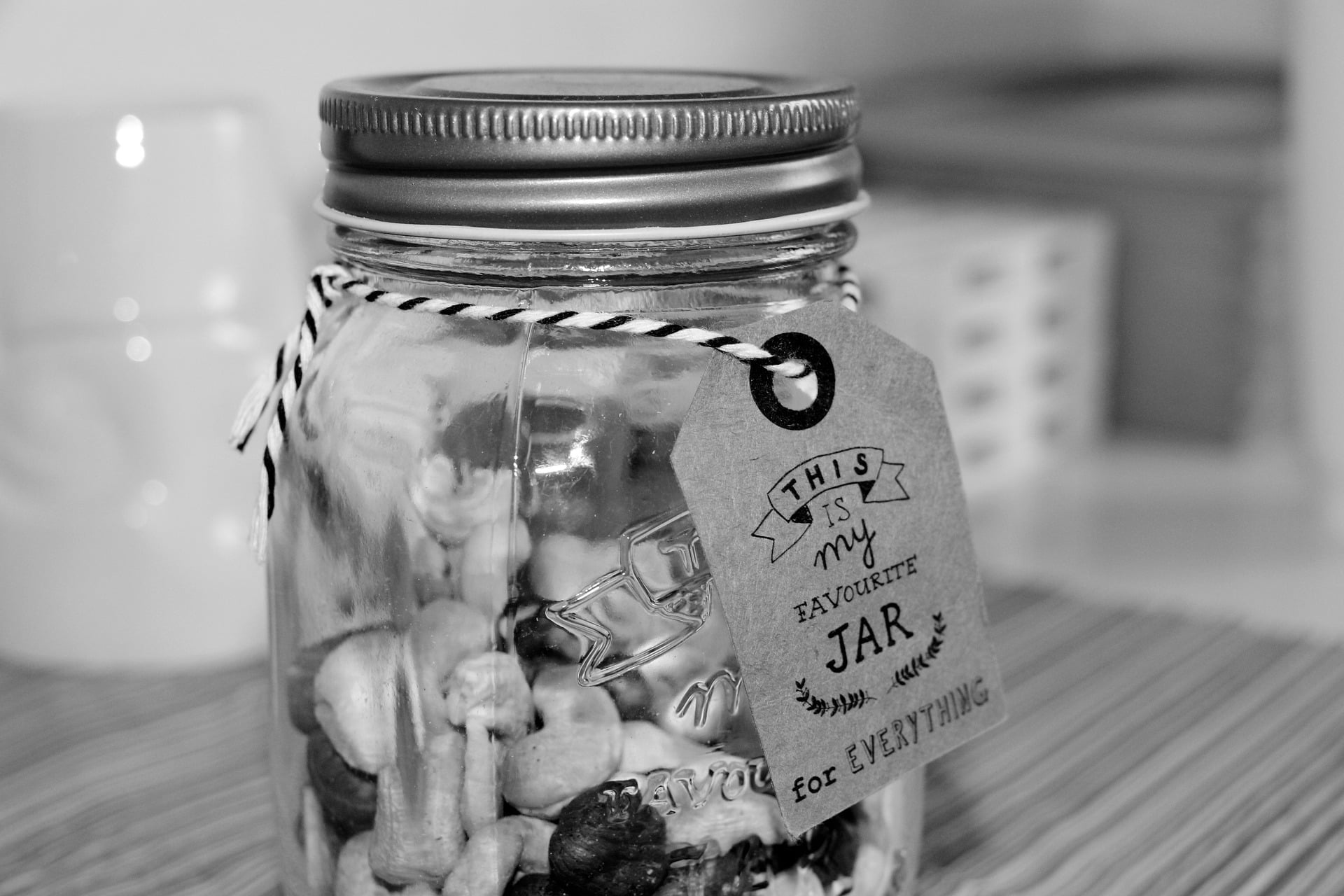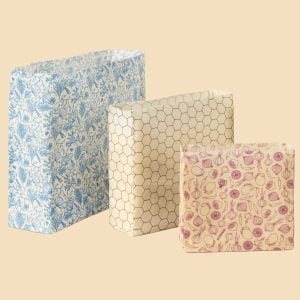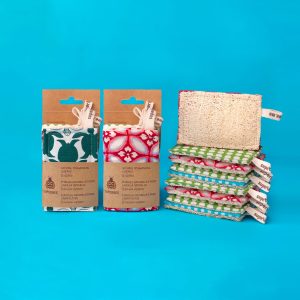7 Simple – and Highly Effective – Food Storage Tips

Every year approximately one-third of all food produced for human consumption is thrown away! It’s not just food that is wasted but also all of the resources used to produce, manufacture and transport food, leaving behind a huge carbon footprint.
Implement these seven easy food storage tips in your kitchen to cut down on unnecessary waste and make your carbon footprint smaller.
1. Upcycle eco-friendly food storage containers
Instead of buying one-time use plastic bags, plastic wrap or aluminum foil, use reusable food storage containers. Empty glass jars from your used up jam, jelly, or pickles make great, long lasting containers and cost anything extra.
2. Store leftovers within two hours of cooking
Oxygen, heat and light promote bacterial growth that causes food to spoil sooner. Be sure to put leftovers in the refrigerator within two hours of cooking to reduce chances of bacterial growth. Using wide, shallow, airtight containers will allow hot food to cool quickly and evenly while also reducing the risk of unwanted bacteria.
3. Use plastic-free food storage containers

Producing plastic creates a huge carbon footprint and is not the healthiest or safest material to store food in. Not only does plastic harbour more bacteria than alternative materials such as glass, but when hot food is placed in plastic, chemicals and toxins can be released from the plastic and leach in to your food.
Try using plastic wrap alternatives to cover leftovers such as natural beeswax wraps.
Beeswax wraps are eco-friendly, reusable, nontoxic and naturally antibacterial. (Learn even more about the power of beeswax here.)
4. Give your greens an ice bath
If you didn’t get to all of your leafy greens before they started to wilt, place them in a bowl with icy cold water. Remove them after 2-3 minutes and they will be perked back up and ready to eat.
5. Don’t wash your produce until you’re ready to eat it
Excess moisture promotes the growth of mould on fresh fruits and vegetables, especially on foods like berries and leafy greens. To prevent too much moisture, wait to wash produce until you are ready to enjoy it.
6. Make a bouquet of fresh herbs

It can be difficult to use up an entire bundle of fresh herbs before they start to go bad.
For soft leafy herbs, such as parsley and cilantro, trim the bottoms off and place them in a glass with water just like a bouquet of flowers.
This same trick can be used for green onions as well.
7. Keep root vegetables in the dark
Keep potatoes, onions, garlic, beets, winter squash and other root vegetables in a cool dark place. Keeping these vegetables away from light and heat can keep them fresh longer. However, if they get too cold their texture and flavour will be compromised.
8. Save cut avocados from browning
Storing cut avocados in an airtight container with a piece of cut onion will prevent the avocados from browning. The same sulphur compounds that make your eyes water when you cut into an onion keep your avocado looking and tasting fresh.
9. Store bananas in their own space

Ethylene gases are naturally produced by some fruits and vegetables as they ripen.
Bananas produce high amounts of ethylene and will cause other fruits and vegetables nearby to ripen more quickly.
10. Keep yogurt, cottage cheese and sour cream from spoiling too soon
Store open food storage containers of yogurt, cottage cheese and sour cream upside down in the refrigerator after opening. This will create a vacuum which will inhibit bacterial growth that causes food to spoil more quickly.
Keeping your food as fresh as possible for as long as possible and using eco-friendly food storage is not only good for your health but also a great way to keep our environment healthy! Additionally, using simple tricks like these in your everyday life will not only reduce your carbon footprint but will also save you time and money.




